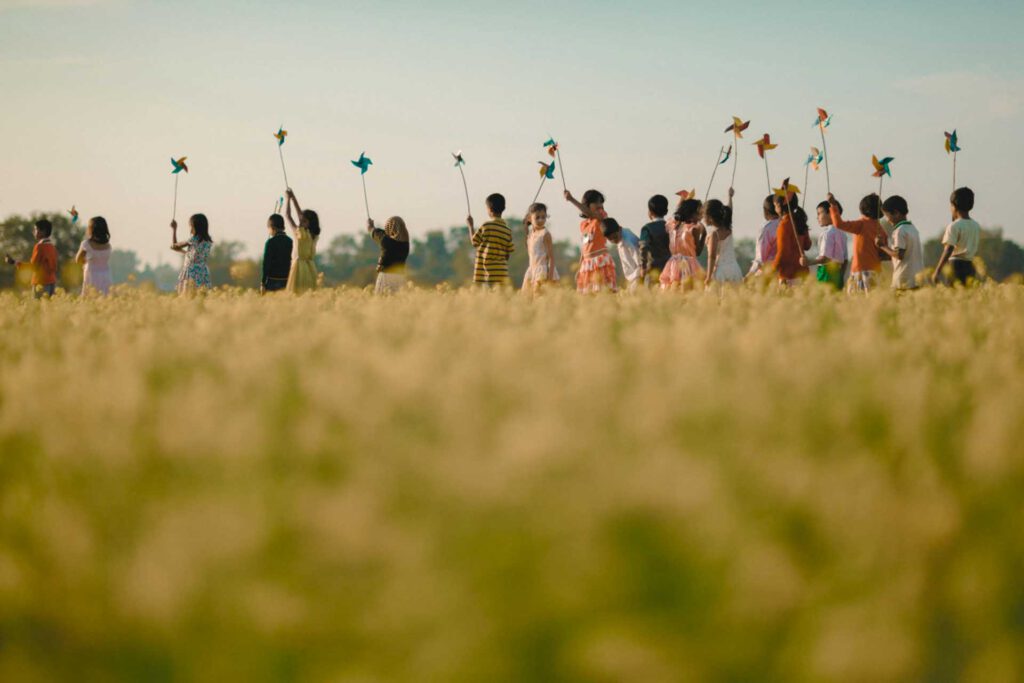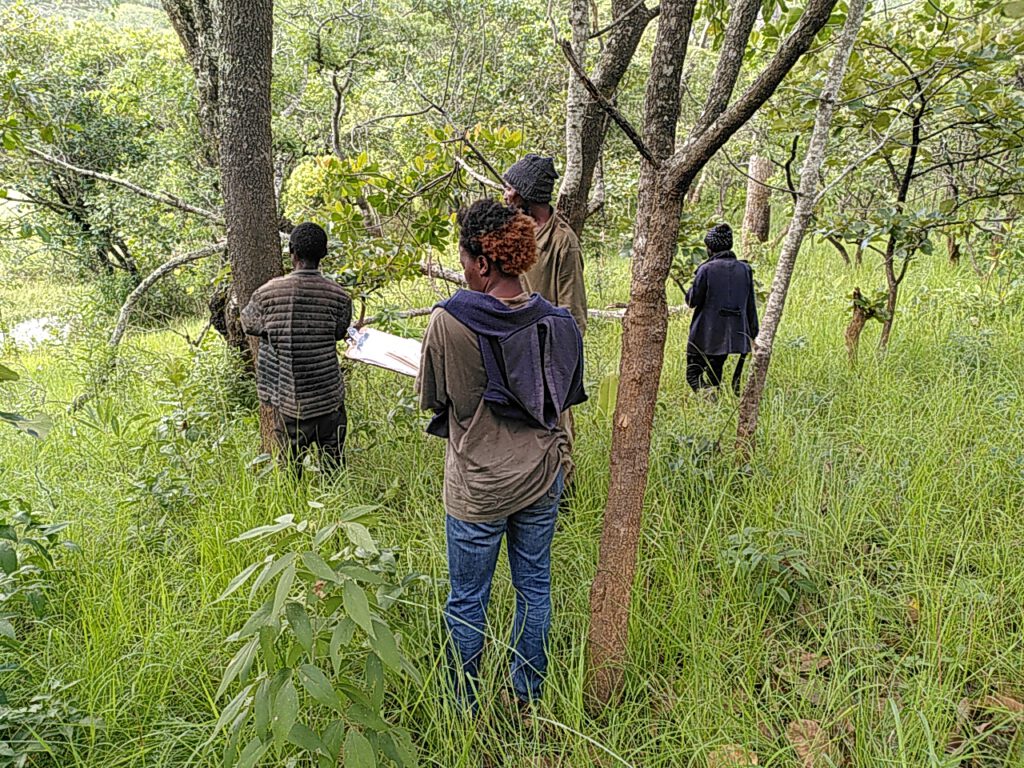
About Us
The Minamba Research Farm is a forest farm in Muchinga, Zambia, where we are conducting research into ways to increase the economic value of the forest, in the hope that it will be better protected from increasing population pressure. Although it is called a ‘farm’, it is more like a forest. In terms of vegetation, it falls within the so-called miombo woodlands, which stretch from Angola to Mozambique and from Burundi to parts of South Africa. They are characterised by trees of the Caesalpinioideae family, including Brachystegia, Julbernardia and Isoberlinia. In Muchinga, this is the ‘Central Zambezian miombo woodland’.
Food forest
Before we took over the land, it was used by local farmers as ‘chitemene’ land, where the trees are cut down and the grass is burned to grow annual crops. In addition, it has been used to produce bricks, which are made from the clay of termite mounds and are baked on fire from local trees. Satellite photos still show which areas have been cut down in the past decades. The trees in those areas are relatively young, or they have a thick trunk that was cut down at some point and then grew back.
Although there are many good reasons to stop the chitemene system, it has had an interesting effect for food foresters: because fruit trees were often spared during cutting, our country is now full of edible species such as Musuku and Mupundu. In fact, a kind of food forest has been created. By keeping the fire out and protecting the trees, we hope to rebuild the humus layer in the coming years, which should improve the production of its perennial species.

The Minamba Research Farm is located in the hills, wedged between a rock massif, a small river and a stream that is only full in the rainy season. Because it is forbidden to cut down trees along the water, we have very beautiful large trees there. Then the land turns into a rolling meadow, where we plant moisture-loving species such as bananas and avocados.
Experiment
As a de facto food forest, the Minamba Research Farm already produces a lot of local products such as mushrooms, fruit, edible caterpillars and honey. In the higher areas we have also added a number of old Dutch apple varieties. Apples in Zambia are expensive and popular, but now mostly come from South Africa. By placing these old varieties in a new environment, we risk disrupting the local ecosystem, but we also have a chance to give the forest a new revenue model, which can possibly protect it for hundreds of years. In addition, we maintain old varieties, of which there are often only a few trees left in Europe.
These kinds of experiments make the Minamba not just a forest farm, but a research forest farm. In the coming years, we hope to build up an income base that will at least cover our own costs, but hopefully also give other miombo forest farmers access to a market that enables them to protect their forest.